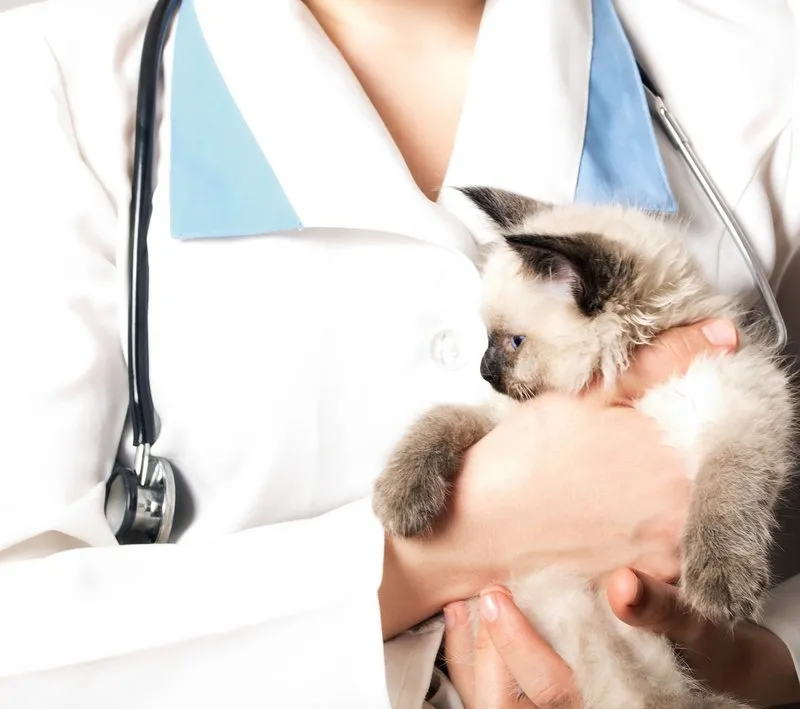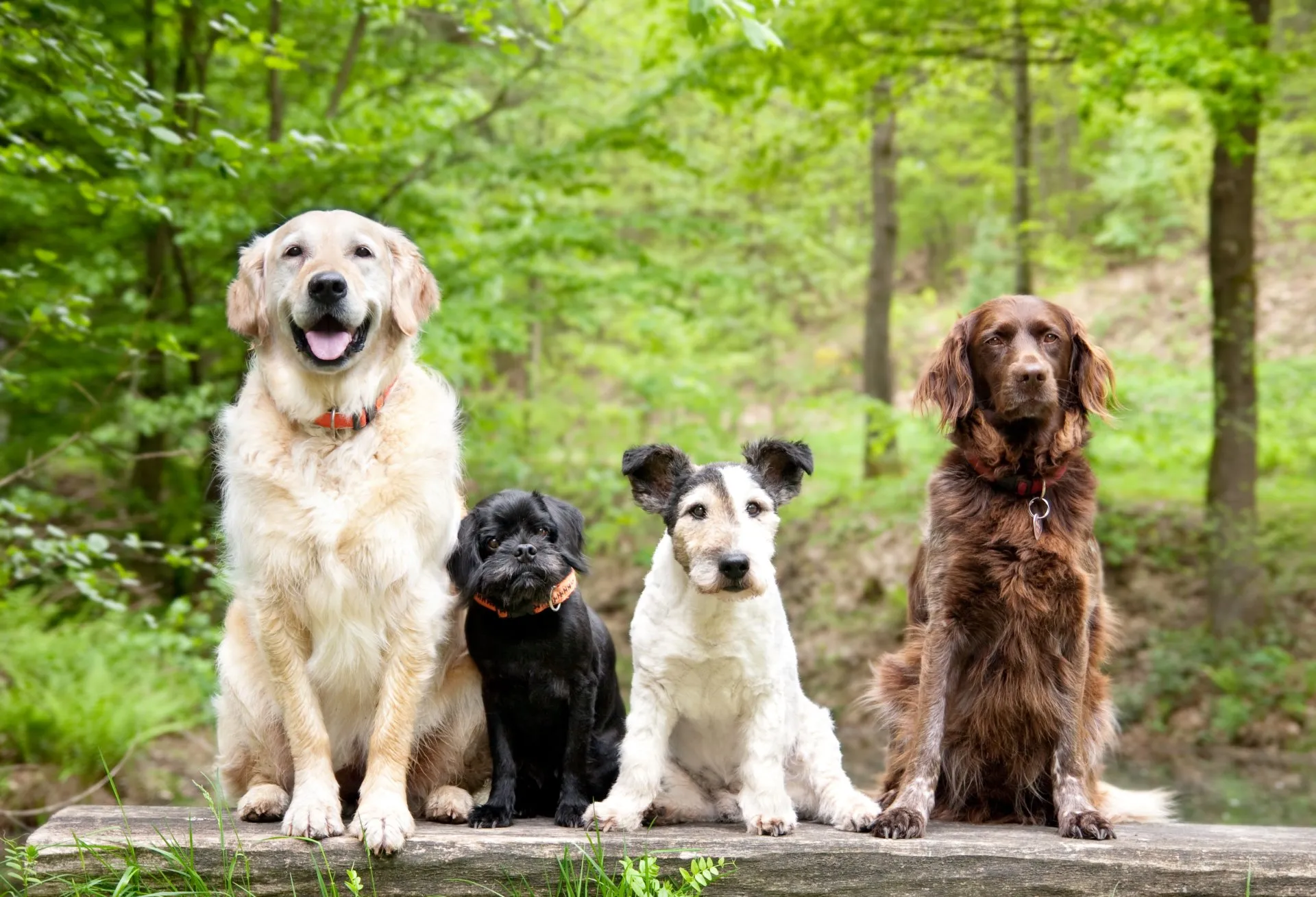Every February, millions of pet owners join forces to recognize Spay and Neuter Awareness Month, an essential campaign highlighting the importance of responsible animal guardianship. This nationwide observance focuses on educating communities about the health benefits of spaying or neutering cats and dogs, such as reducing the risk of reproductive cancers and curbing negative behaviors like excessive roaming. By preventing unwanted litters, these simple surgical procedures help lower the staggering numbers of animals entering shelters each year and enhance overall pet welfare. Experts estimate that spaying or neutering can significantly increase a pet’s lifespan while easing the burden on overcrowded shelters. During Spay and Neuter Awareness Month, veterinarians, rescue organizations, and advocates unite to promote affordable sterilization resources, dispel common myths, and empower individuals to make informed decisions for their companion animals. This collaborative effort ensures that future generations of pets can thrive in nurturing, loving homes nationwide and beyond.
Everybody knows that the unofficial theme for February is love. As Valentine’s Day approaches, stores fill with romantic trappings, such as flowers and candies. However, when it comes to pets, the focus is the opposite: it’s Prevent A Litter Month, Spay and Neuter Awareness Month, and Feline Fix By Five Month. All three of these awareness events have the same focus: battling the pet overpopulation issue by reducing the number of unwanted litters of puppies and kittens. A local Coventry, RI veterinarian offers some insight into this topic below.
How Old Should A Puppy Be To Get Spayed/Neutered?
There are some gray areas here. Fido’s size will play a role. Currently, the AKC recommends that small dogs be fixed when they are between the ages of six and nine months. For large breeds, you may need to wait a bit longer. Giant dogs may need to wait to undergo surgery until they are 18 months old. Your veterinarian can provide you with a recommendation based on your canine buddy’s size and health.
How Old Should A Kitten Be To Get Spayed/Neutered?
In order to avoid her first heat, Fluffy should be fixed before she is five months old. (This is the reasoning behind the Feline Fix By Five Month awareness event.) Our feline friends can become pregnant as young as four months old, when they are still kittens themselves. Cats can be fixed as soon as eight weeks of age, but many veterinarians prefer to wait a little longer than that. Consult your veterinarian and follow his or her advice.
Is It Still Possible To Fix An Adult Pet?
Definitely! It is still safe to perform the procedure on adults, although it may not be recommended for seniors. Ask your Coventry, RI veterinarian for specific advice.
Will My Pets Become More Affectionate After They’ve Been Fixed?
Your pet may be very lovable and cuddly before they are fixed, but don’t be surprised if they are even more so afterward. removing that hormonal urge to reproduce often results in a calmer pet, and can also greatly ease behavioral problems. After being fixed, dogs and cats usually focus on playing, cuddling, and collecting belly rubs, rather than marking their territory or trying to find a mate.
How Does Getting My Pet Fixed Benefit His Health?
In addition to curbing animal overpopulation, there are a number of benefits for your pet from this procedure as well. For instance, it will lower the chance of your pet developing certain cancers. Males, for example, have dramatically reduced risks of testicular cancer, while females will have lower risks of ovarian, uterine, and mammary gland cancers. For girls, the dangers associated with pregnancy and/or delivery are eliminated as well. Plus, pets are less likely to wander when fixed, which also contributes to their overall health. In general, pets that have been spayed or neutered tend to be healthier, and also have longer lifespans.
It’s also worth noting that these procedures also reduce unwanted behaviors: Heat cycles and hormonal urges can have some pretty messy side effects. For example, intact male pets are more likely to spray, aggressive, and destructive.
Is Getting My Pet Fixed Really Helpful in Curbing Overpopulation?
Getting your furry pal spayed or neutered won’t magically solve this problem, but it certainly helps.
Fluffy and Fido’s reproductive statistics are pretty mind-blowing. A single pair of dogs can have as many as 67,000 descendants in just six years if they have about two litters per year. Some pooches have even more puppies than that. Tia, a Neapolitan Mastiff, had 24 puppies in her 2004 litter. This very tired mama made the Guinness Book Of World Records for that one! Recently, a dog named Honey in Australia broke that country’s record by giving birth to 22 pups after three days.
Kitties also reproduce quickly. A pair of cats can have as many as 2, 072, 514 descendants in just eight years. Fluffy has 3 litters a year, which are normally 4-6 kittens each. Some of our feline pals can give Honey and Tia a run for their money. Back in 1970, a Burmese/Siamese cat had 19 kittens. However, the ultimate lifetime record goes to a Texas cat named Dusty, who had 420 kittens over the course of her lifetime. For more intriguing facts about our feline friends, check out our detailed guide.
While this may sound cute, it’s unfortunately contributing to many animal welfare issues. There are approximately 7.6 million animals entering American shelters each year, of which about 1.2 million dogs and 1.4 million cats are euthanized. There are also millions of homeless pets out there fending for themselves. It’s a rough life for animals on the street: many live very short, very hard lives.
During Spay and Neuter Awareness Month, it’s vital to recognize that preventing your furry friend from adding to the overpopulation problem is a small action that can make a significant difference for the greater good.
What Can I Do to Help My Pet Recover From Spay/Neuter Surgery?
These procedures are very routine, and usually go off without a hitch. That said, Fido and Fluffy will need some extra TLC as they recover. You’ll get specific directions from your animal clinic, often in the form of a care sheet. Follow your veterinarian’s aftercare instructions to the letter, and don’t be shy about asking questions. If you have concerns about the surgical procedure, our experienced team can provide detailed information and address any questions you may have.
In general, you should provide a clean, quiet, comfortable place where your pet can recover. A boy will be over the healing hump in a few days, while a girl may take a few weeks to fully heal. If you have other pets, keep them in a separate area for the first few days, and just let your furry patient rest and heal. Keep an eye on the surgical area while he or she recovers.
Your vet may recommend an inflatable collar or lampshade collar (aka the Cone Of Shame) to prevent your pet from opening your stitches. Fido and Fluffy won’t be happy about this, but it is for their own safety.
Watch for any signs of infection or complications, such as:
- Pus
- Swelling
- Fever
- Diarrhea
- Bleeding
- Vomiting
- Redness
- Torn Stitches
- Foul Odor
- Lethargy
- Lack Of Appetite
If you notice anything amiss, call your Coventry, RI veterinarian right away.
How Much Does Spay/Neuter Surgery Cost?
During Spay and Neuter Awareness Month, it’s crucial to recognize the financial and health benefits of spaying or neutering your pet. You’ll be addressing health issues associated with the reproductive organs of a litter of puppies or kittens. Your furry friend will also be calmer and better behaved. Plus, the total cost of caring for a litter can far outweigh the initial investment. Ask your Coventry, RI veterinarian for more information.
Bonus: No More Caterwauling
We can’t discuss the advantages of spaying or neutering pets without mentioning one lesser-known benefit: avoiding Fluffy’s melodious yet dreadful love songs. While Fluffy is an amazing pet, her vocal abilities are not her strongest suit. When they are looking for love, cats often serenade potential mates. While their version of love songs may attract other felines, to us humans it can resemble a form of mild torture. This alone may be sufficient reason to have your beloved pet fixed.
Spay and Neuter Awareness Month 2025: Preventing Pet Overpopulation
Can female cats become pregnant while nursing a previous litter?
Female cats can indeed become pregnant while still nursing a previous litter. Cats are known for their rapid reproductive cycles and can go into heat again as soon as two to three weeks after giving birth. During this period, they are capable of conceiving again while simultaneously caring for their existing kittens. This high fertility rate underscores the importance of timely spaying to prevent unintended litters and to help control the overall pet population.
How does spaying/neutering affect dog bite incidents?
Spaying or neutering dogs can significantly reduce aggressive behaviors, including the likelihood of biting. These procedures help mitigate hormone-driven actions such as territorial aggression and dominance-related behaviors. By decreasing the urge to assert dominance or defend a territory, neutered males and spayed females often exhibit calmer dispositions. Additionally, fixed dogs are less likely to roam, reducing encounters that could lead to aggressive incidents. Overall, spaying and neutering contribute to safer interactions with both humans and other animals.
How can people support spay/neuter awareness?
People can support spay/neuter awareness by actively participating in awareness campaigns and educating others about the benefits of these procedures. Engaging in community outreach, such as organizing or attending informational events, and sharing educational resources through social media can amplify the message. Additionally, supporting local animal shelters and veterinary clinics that offer low-cost spay/neuter services financially or through volunteering helps extend these crucial services to more pet owners. Encouraging pet owners to spay or neuter their pets is a direct way to contribute to reducing pet overpopulation and improving animal welfare.
Do shelters include spay/neuter in adoption fees?
Many animal shelters include the cost of spay/neuter procedures in their adoption fees. This practice is part of a proactive approach to reduce pet overpopulation and ensure that adopted animals do not contribute to the number of unwanted litters. The inclusion of spaying or neutering before adoption helps to promote responsible pet ownership and supports community health and safety. Additionally, it can alleviate the long-term cost and responsibility for new pet owners, making it an attractive and practical aspect of adopting from shelters.
What’s the current shelter crisis situation?
The current shelter crisis is characterized by a significant overpopulation of pets, leading to an overwhelming number of animals entering shelters each year. Approximately 7.6 million pets enter shelters in the United States annually, with around 1.2 million dogs and 1.4 million cats euthanized due to lack of space and resources. Additionally, millions of stray and homeless animals live precarious lives on the streets. This situation stresses the critical need for spaying and neutering pets to prevent the birth of unwanted litters and reduce the strain on animal shelters.
Have questions about spaying/neutering your pet? Contact us, your Coventry, RI pet hospital, for all your pet’s veterinary care needs.




!Social Media Icons